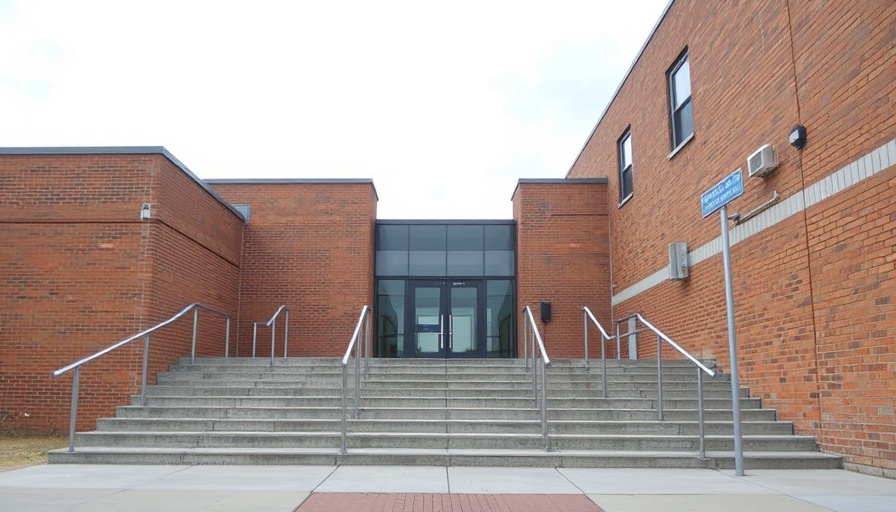
Uncovering the PowerSchool Data Breach in North Carolina
In an alarming incident that has captured attention across North Carolina, a significant data breach affecting PowerSchool is now under investigation by the state's attorney general, Jeff Jackson. This breach, which occurred last December, compromised sensitive information of up to 4 million students and teachers in the state, highlighting the critical issues surrounding data security in our schools.
Understanding the Impacts
The breach comes at a troubling time, especially as 2024 marked a record-breaking year for data breaches, with over 2,258 reported incidents in North Carolina alone. This pattern raises concerns not just about educational software but also about the safety of our personal data held by institutions that are supposed to protect it.
What Information Might Be Exposed?
While specific details regarding what information was compromised in the PowerSchool hack remain murky, law enforcement agencies, along with PowerSchool, have been actively monitoring online marketplaces and the dark web to prevent the sale of any stolen data. The uncertainty surrounding the type of data exposed — be it Social Security numbers, academic records, or other personal identifiers — creates anxiety among affected parents and educators.
Increased Scrutiny of Data Protection Practices
Attorney General Jeff Jackson is pledging to hold individuals and organizations accountable for failing to safeguard sensitive information, emphasizing that the investigation aims to determine if PowerSchool breached any laws. As more information emerges, it sparks a broader conversation about technology's role in our educational systems and the importance of implementing robust cybersecurity measures.
Conclusion: A Collective Responsibility
This breach serves as a reminder that protecting our children’s identities and personal information is of utmost importance. As the investigation unfolds, communities, schools, and families must stay informed and advocate for stronger data security practices, ensuring that our places of learning prioritize the safety of their students — both online and offline.
 Add Row
Add Row  Add
Add 




Write A Comment